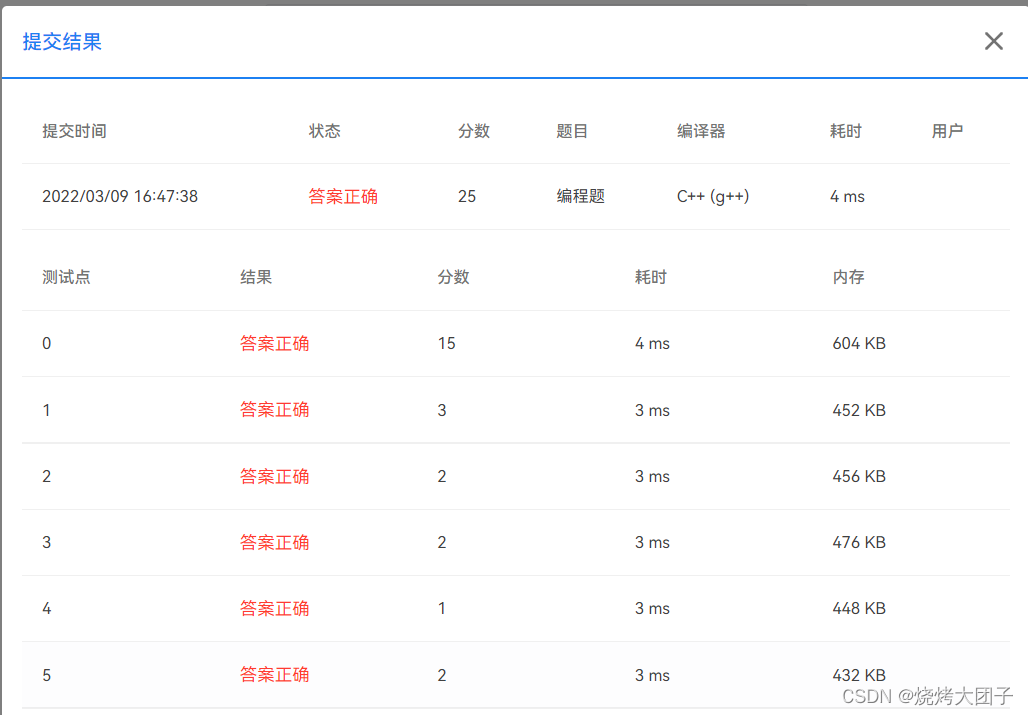Given a stack which can keep?M?numbers at most. Push?N?numbers in the order of 1, 2, 3, ...,?N?and pop randomly. You are supposed to tell if a given sequence of numbers is a possible pop sequence of the stack. For example, if?M?is 5 and?N?is 7, we can obtain 1, 2, 3, 4, 5, 6, 7 from the stack, but not 3, 2, 1, 7, 5, 6, 4.
Input Specification:
Each input file contains one test case. For each case, the first line contains 3 numbers (all no more than 1000):?M?(the maximum capacity of the stack),?N?(the length of push sequence), and?K?(the number of pop sequences to be checked). Then?K?lines follow, each contains a pop sequence of?N?numbers. All the numbers in a line are separated by a space.
Output Specification:
For each pop sequence, print in one line "YES" if it is indeed a possible pop sequence of the stack, or "NO" if not.
Sample Input:
5 7 5
1 2 3 4 5 6 7
3 2 1 7 5 6 4
7 6 5 4 3 2 1
5 6 4 3 7 2 1
1 7 6 5 4 3 2
Sample Output:
YES
NO
NO
YES
NO代码如下:
#include<iostream>
#include<stack>
#include<vector>
using namespace std;
int main()
{
int m,n,k;
cin>>m>>n>>k;
for(int i=0;i<k;i++)
{
bool flag=false;
stack<int> s;
vector<int> v(n+1);
for(int j=1;j<=n;j++)
cin>>v[j];//题目的数组
int current=1;//题目顺序读入的当前元素的索引
for(int j=1;j<=n;j++)
{
s.push(j);//保持一直往栈中放元素的动作(按自然数顺序)
if(s.size()>m)break;//超过栈的最大容量就结束
//不停判断当前入栈元素是否为题目要求顺序中轮到要输出的元素
while(!s.empty()&&s.top()==v[current]){//栈中元素不为空,且栈顶元素为当前数组中的元素
s.pop();//当前栈顶元素出栈
current++;//继续判断下一个元素
}
}
if(current==n+1)flag=true;//说明循环一直执行到了每一个元素都与要求顺序匹配
if(flag)cout<<"YES"<<endl;
else cout<<"NO"<<endl;
}
return 0;
}运行结果如下:
